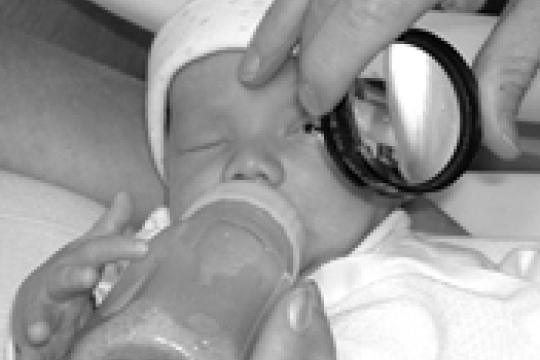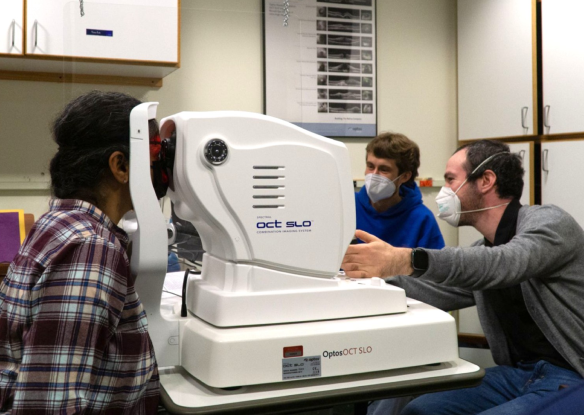

- Principal Investigator:
- William Good
Contact Information
- Email:
- good@ski.org
2318 Fillmore Stret
San Francisco, CA 94115-1813


If you are interested in vision science or want to learn more about low vision and blindness, there are many opportunities to get involved at The Smith-Kettlewell Eye Research Institute.
